Short Note on Commercial Revenues:
The revenues, which we call “commercial,” are received in the form of prices paid for government-produced commodities and services, i.e., revenues that are derived by the government from public enterprises by selling their goods and services are called commercial revenues. They are also known as prices because they come in the form of prices of goods and services provided by the government. They include payments for postage, tolls, interest on funds borrowed from government credit corporations, prices paid for liquor in government stores, electricity distributed by the government, railway services, and the like. Sometimes the government earns revenue from the production of commodities like steel and oil, etc. However, the surpluses from commercial undertakings are not considered an important source of income in most countries of the world.
Difference between Tax and Price: The Difference between Tax and Price is that a tax is a compulsory contribution to be paid to everyone upon whom it is levied, whereas the price is to be paid by the persons who purchase services or goods produced by the government. A tax does not guarantee any benefit as to the amount and nature, while prices are the direct payment for goods and services and the amount paid depends upon the quantity of goods and services purchased. Professor P. E. Taylor puts it as the characteristics which distinguish commercial revenues from other categories are: direct receipts of a commodity or service in nature for payment and adjustment of the amount of payment at least roughly to cost benefit.
It should be noted that there is not always an equation of the price of government-produced goods with the average marginal cost of production. A general social policy may come in conflict with business policy, as in the case of postage rates or Subway fares which do not cover the cost. In such instances, it is usually desired that the service- for social welfare- be more widely available to the public than would be possible if prices were equal to cost. In other instances, government monopolies in the distribution of certain goods and services are established largely to make monopoly profit, for example, railway service and distribution of electricity in India. The French tobacco monopoly is also an example of this type, State liquor stores fit into this category also. Here, the aim of the government for the establishment of these monopolies may not be solely profit, but the control over the distribution of goods and services provided by them. As Taylor mentioned, in this field monopoly operation for purpose of control may be as important as profit.
The government may enter into the production and/or sale of commodities and services for several reasons. In some cases, private enterprises may not be willing to establish them, as they may yield low profits or they may be expected to yield profits only after a long time. For example, postal services, the construction of canals, and electricity dams. Some essential services may be undertaken to protect the interests of consumers from private organizations of a monopolistic or semi-monopolistic character, for example, city transport, and water supply. In others, it is believed that the services can be better or more cheaply furnished by the government, for example, the production and distribution of electricity. In still other cases, the government is considered in the interest of the country as a whole, for example, iron and steel, heavy electrical goods, oils & minerals, etc. It is also important to note that commercial revenue is similar in nature to prices paid to private producers of goods and services.
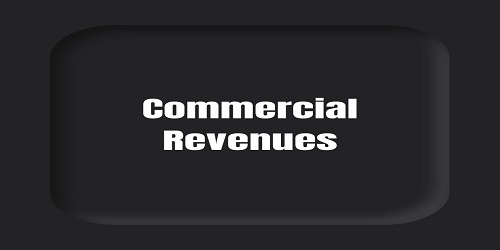


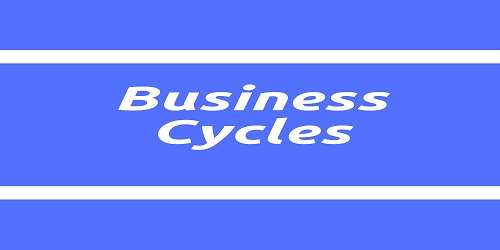
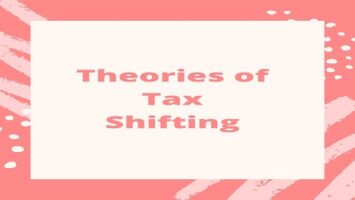

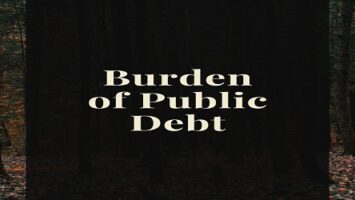

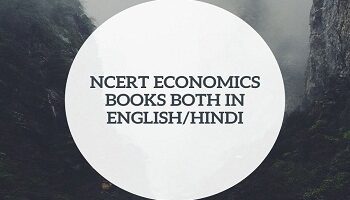
Comments (No)